BLOG
Blog
By Kuan Su, DACM, L.Ac. Dipl.OM
•
December 26, 2023
In a groundbreaking development, recent scientific research has shed new light on the interstitium, a previously overlooked and poorly understood organ in the human body. The interstitium, a network of fluid-filled spaces within and between tissues, was officially recognized as an organ by researchers who discovered its vital role in various physiological functions. This revelation has sparked significant interest in the medical community, offering potential insights into disease mechanisms and therapeutic approaches. Surprisingly, traditional Chinese medicine (TCM) appears to have anticipated this discovery, as ancient texts and practices have long emphasized the importance of channels and pathways within the body through which vital nutrients and communication circulates outside of the more commonly known circulatory system and nerve pathways. For thousands of years, TCM practitioners have utilized acupuncture as a means of manipulating the body's energy flow to promote health and balance. The interstitium's newfound recognition aligns with the intricate understanding of the body's internal networks that TCM has championed throughout its history. Acupuncture, a cornerstone of TCM, involves the insertion of thin needles into specific points along the body's meridians, which are considered to be pathways. The interstitium's relevance to acupuncture is striking, as it provides a potential anatomical basis for the long-established therapeutic effects observed in acupuncture treatments. The convergence of modern scientific research on the interstitium and the ancient wisdom of traditional Chinese medicine highlights the ongoing dialogue between traditional practices and contemporary medical understanding. As researchers delve deeper into the interstitium's functions and implications for health, there is a growing acknowledgment of the valuable insights that ancient medical traditions can offer. This intersection of science and tradition not only enriches our understanding of the human body but also underscores the potential for collaboration between diverse medical perspectives to advance healthcare and improve patient outcomes. - Kuan Su, DACM, L.Ac. Dipl.OM
Contact Information
Phone: 847-868-0408
Address: 191 Waukegan Rd Suite 102 Northfield, IL 60093
Business Hours:
- Monday
- Closed
- Tue, Thu
- -
- Wednesday
- -
- Friday
- -
- Sat - Sun
- Closed
Content, including images, displayed on this website is protected by copyright laws. Downloading, republication, retransmission or reproduction of content on this website is strictly prohibited. Terms of Use
| Privacy Policy
